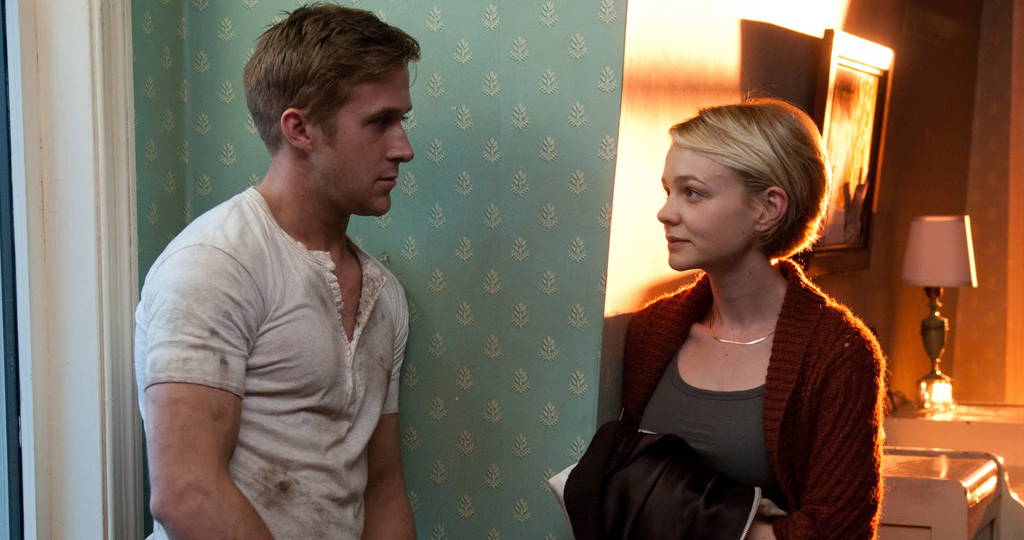The screen is a flat surface with one plane, and usually, filmmakers tell their story with one point of view at a time. However, there are several ways that you can divide the frame and play out two shots or scenes at a time.
Primarily, and as always, you would only want to do this when it can enhance your story and not just as a gimmick. Let us briefly analyze the use of a split-screen from Quentin Tarantino’s Kill Bill.
We begin the scene with a mid-shot of The Bride, slowly we are brought forward, and the camera tilts down, giving us a mid-close up from above, but most notably, The Bride is positioned into the first 1/3rd of the frame, leaving other thirds empty. Then another shot, this one of a nurse getting ready for work, is swiped in from the side and stops halfway across the frame. The surface has now been divided into two separate halves.
What is important to note is that the framing was specifically selected to make room for the split-screen. It wasn’t an afterthought while the filmmakers were in the post-production phase. Somewhere in pre-production, this was planned. As I mentioned previously, you would lose framing space and information upon dividing your surface; in this particular circumstance, Tarantino didn’t, as the space that was taken away was void of information.
We are then presented with a variety of contrasting shots; The Bride’s fingers are lifeless — The nurse uses her fingers to button up her top. The Bride has lifesaving fluids pumped into her body — The nurse is withdrawing toxic fluids into a needle. Would this have worked if the two shots were cut back to back? Possibly. However, we as an audience wouldn’t have been subconsciously comparing the two halves.
Would this have worked if the two shots were cut back to back? Possibly. However, we as an audience wouldn’t have been subconsciously comparing the two halves.
From the heightened music and the somewhat comic villain appearance that the nurse beholds, there is a safe bet that she is out to harm. To whom, we are not sure yet. The nurse stops at a window that overlooks a patient, but we can’t see who. This subconsciously increases the tension even if it’s a small amount; this was a technique that Hitchcock was very fond of. The shot of The Bride then swipes left to leave the full shot of the nurse. Simultaneously, the camera also slides left, revealing that it actually was The Bride the nurse is watching over. It is almost like a curtain reveals in theatre.
In Frame Surface Divisions
The screen can be divided in many ways; the image below is just a small example of common surface divisions. In a painting or any image, vertical divisions that separate the picture into thirds are called “Triptych.” Anything that divides the frame into two or more areas is a surface division.
But what about surface divisions that exist within the on-screen universe? They too can also help enhance your film. Lines of separation can subconsciously enhance your story to the audience.

A surface division can be anything that exists within the frame of your shot; a window frame, a tree, a doorway, a lighting change, the horizon.
Surface Division’s In Drive (2011)
In the image below from the 2011 film Drive, the two characters have been separated via the corner of a wall, but you can see they have also been separated with light upon further inspection.

The Driver stands in the cold blue, and Irene is illuminated by the warm orange glow of the evening sun. Could we possibly be overreaching here and just looking for something to deconstruct? Yes, absolutely. Yet, at the same time, if we were to deconstruct the image regarding the presented surface divisions, we actually find true character qualities found through the film.
Ryan Goslin’s character, Driver;
- Cold,
- Dirty,
- Still,
- Lifeless,
- Possibly harsh.
Carey Mulligan’s character, Irene;
- Warm,
- Friendly,
- Kind,
- Relaxed
The color separation also tells us that these two characters are completely different. That list was overly ambitious, and I worked off the common undertones linked with those two colors. Nonetheless, those traits are absolutely true to the characters.
Surface divisions can help tell your story in a variety of ways.
- Surface divisions can help direct the eye to specific areas or the frame.
- Divisions can comment on a story situation.
- Highlight resemblances and differences between objects/people and a viewer will be compelled to compare two separated people.
For more cinematography tips, check out the articles below:

